September 29, 2023
5 Animals to meet during Animal Encounters at Fernbank Museum
At Fernbank, we have it all! Explore the world of animals in a fun and hands-on way. During live animal encounters, you will learn about the basic needs of animals, how they live, grow and respond to different environments. Here are five animals you may get to meet during our animal encounters.
- Ringo the California Kingsnake
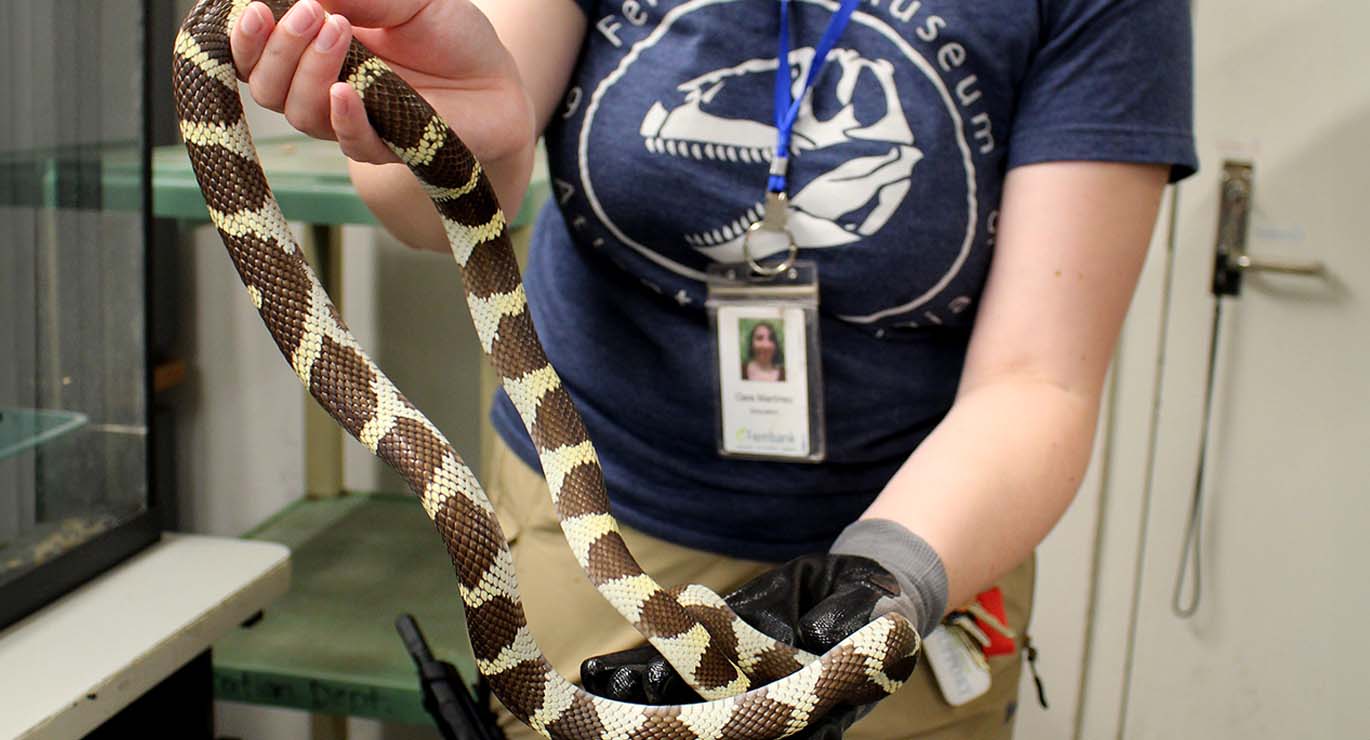
Ringo is a 9-year-old California Kingsnake and can live up to 15+ years in human care. Did you know that Kingsnakes get their name from their unusual prey — other snakes! People consider them the “king” of the snakes. Ringo’s diet at the museum consists of mice, while out in the wild kingsnakes are known to eat small mammals, birds, small turtles, other snakes, lizards and frogs. Kingsnakes are extremely beneficial to their ecosystem and to humans. They can control pest populations like rodents and frogs and help in controlling the populations of venomous snakes. Kingsnakes are popular pets, and they can breed in many cool colors.
- Oksana and Sergei the Legless Lizards
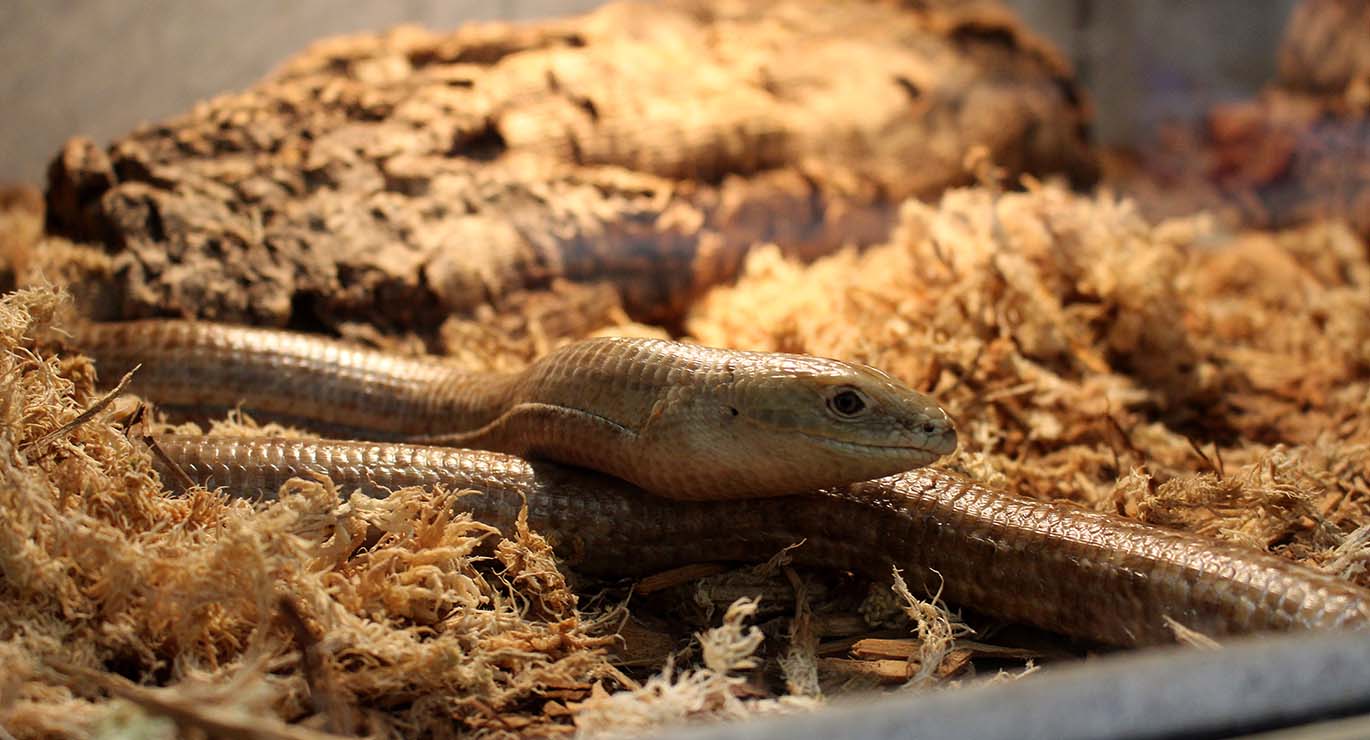
These lizards look like snakes, but they are really lizards! The most noticeable characteristics that make them different than snakes are the fact that they have eyelids and earholes, whereas snakes have neither. Legless lizards belong to the family known as “glass lizards” which comes from the myth that if you shake a glass lizard, it will break into many pieces like glass. Although this is untrue, legless lizards can drop their tail when threatened. Since their tails are so long compared to their bodies, they would break into several pieces about the same size as the lizard. This can confuse a predator and give the lizard time to get away. Oksana and Sergei are 16 years old, and their diet consists of snails and pinky/fuzzy mice.
- Travis the Chilean Rose Hair Tarantula
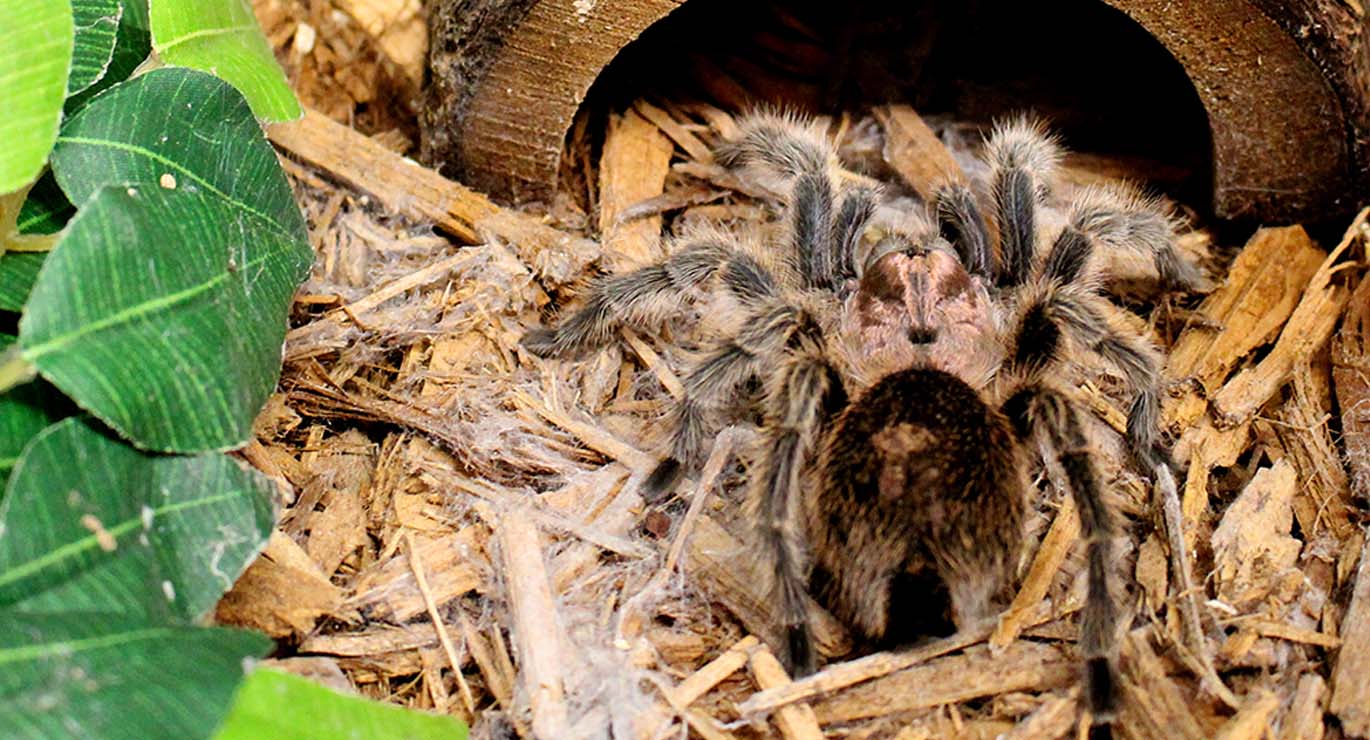
A rose hair tarantula’s natural habitat is in the desert and scrubland of Chile and parts of Argentina and Bolivia. Their bodies are covered in hairs which can be used for sensory purposes or as defensive weapons. If they are threatened the tarantula can throw their hairs which have microscopic barbs at the tip causing extreme irritation to their predators. Tarantulas are nocturnal predators that do not spin webs to catch their food; instead, they use their considerable size to bear down on their prey. At the museum, their diet consists of crickets. In the wild they eat invertebrates and small vertebrates.
- Beau the Leopard Gecko
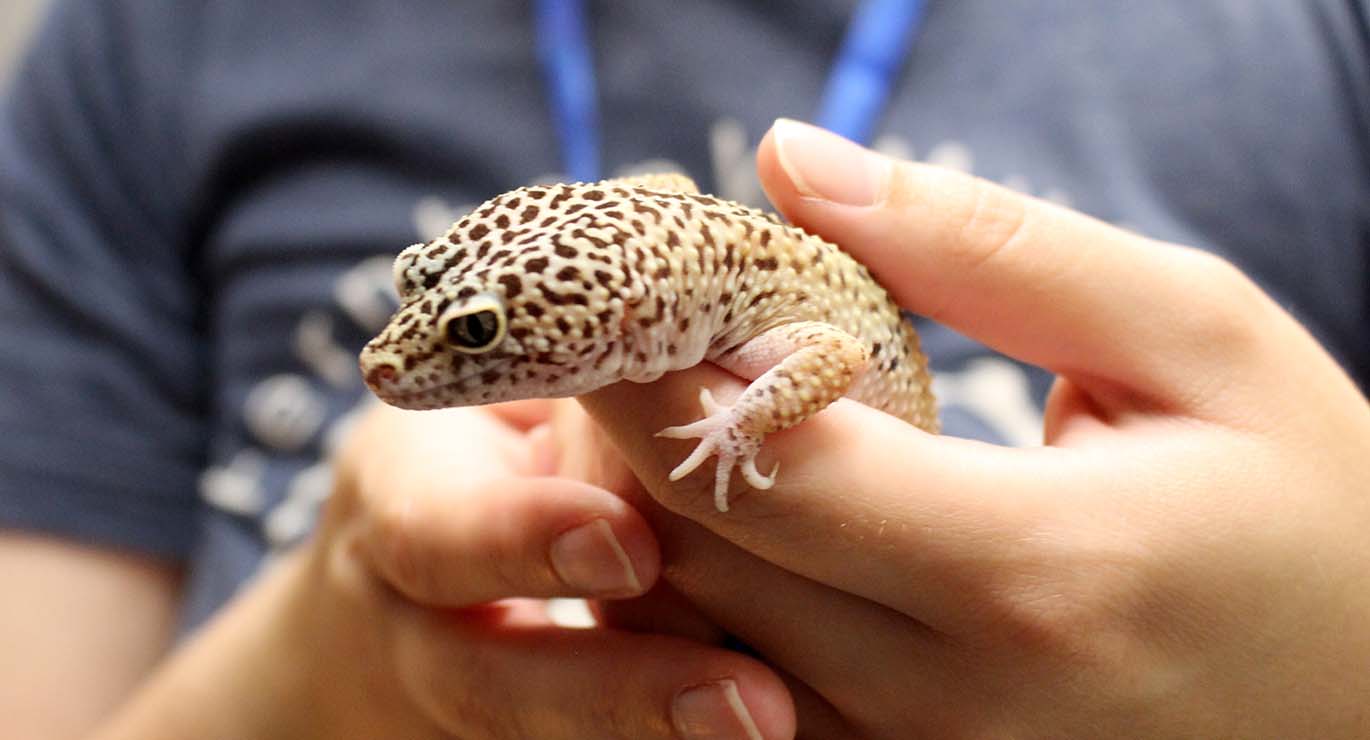
Leopard geckos get their name from the spots covering the backs of adults. Due to their calm and gentle nature, these geckos are extremely popular pets. Leopard geckos can live for about 20 years in human care — the record is 29+ years! Depending on the temperature geckos can produce different sexes; cooler temperatures produce females and warmer temperatures produce males. Leopard geckos are nocturnal meaning that they are active at night. They are thought to have spectacularly good eyesight, even comparable to a cat! Beau is super sweet and would love to meet you!
- Madagascar Hissing Cockroaches
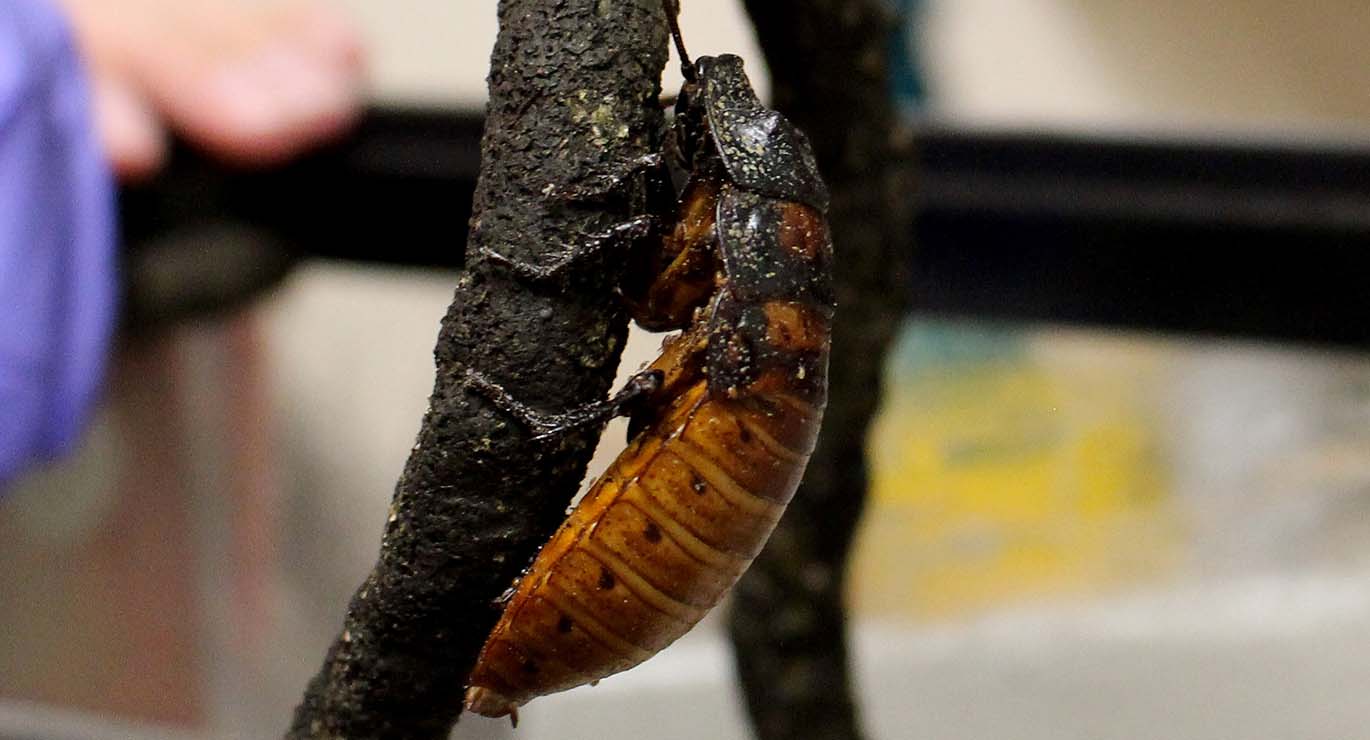
Named for its unique behavior, the Madagascar hissing cockroach has an unusual method to create its signature hissing noise. They depress their abdomen and eject air out of their spiracles, which are the black holes down the sides of their exoskeleton. This method is unusual for invertebrates, who usually rub body parts together or utilize vibrating membranes to produce similar noises. These cockroaches hiss to deter predators, to court other cockroaches or even during dominance displays. Hissing cockroaches are an important part of the food chain. They act as decomposers breaking down organic matter and as prey for larger animals. Madagascar hissing cockroaches are usually found on forest floors, near riverbanks, and around logs or trees on the island of Madagascar. Their museum diet consists of vegetables, fruits and cricket chow. One thing to know is that these cockroaches do not bite!
Visit Fernbank to meet so many more fun animals during our programming. Don’t forget, you can even touch some of them! Check our calendar of events for programming times. The animals that are brought out during our animal encounters vary.









